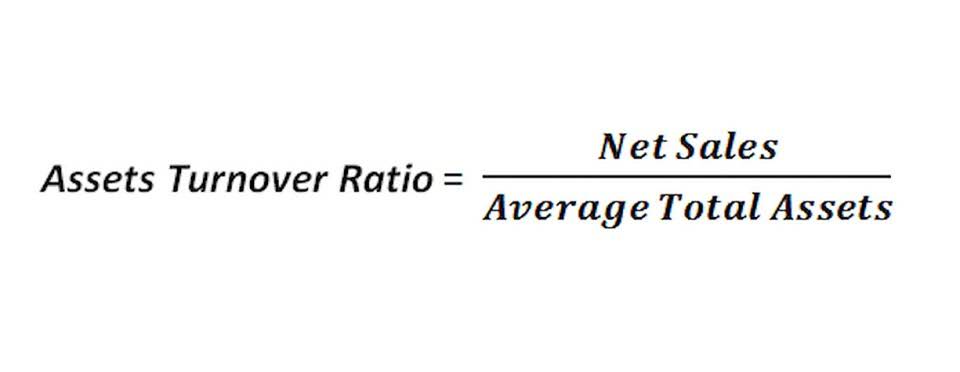
From creditor’s perspective, they would have an idea that the company is cash-rich, and therefore, they would not find it hard to meet their day-to-day expenses. Cash-rich companies are given higher preference by creditors and by shareholders because cash-rich companies are highly likely to pay out dividends in time. Ultimately, the company will need to sell out its other assets in order to arrange for cash so that it can continue its operations. These assets are used in day to day operations of the business, and therefore, they are regarded as one of the most critical asset classes of the businesses. For QuickBooks ProAdvisor this reason, it’s important to investigate further and try to find the cause of any large surges in CCE, as well as to keep an eye on the cash position and see what management does next.
FAQ about Cash & Cash Equivalents

As the financial world continues to evolve, staying informed about cash equivalents and their role in business operations will remain essential for maintaining a strong financial position. Commercial paper is an unsecured, short-term debt instrument issued by corporations to finance their immediate cash equivalent definition operational needs, such as inventory purchases or payroll. Typically, commercial paper has maturities ranging from a few days to nine months. Due to its short-term nature, it is often issued at a discount and redeemed at face value upon maturity.

Create a free account to unlock this Template
Cash equivalents are short-term investments that can be easily liquidate, carry low risk of loss, and have active marketplaces to ensure quick transacting. These instruments can easily be converted to cash but are classified differently because they are not actual claims of ownership of cash. Although the balance sheet account groups cash and cash equivalents together, there are a few notable differences between the two types of accounts. Cash is obviously direct ownership of money, while cash equivalents represent ownership of a financial instrument that often ties to a claim to cash.

What Is the Difference Between Cash and Cash Equivalents?
- The statement of cash flows prepared by a company reconciles its cash and cash equivalents balance at the start of a period with their balance at the end of the period.
- While few companies have stacks of cash lying around, some do keep vaults where cash is held.
- Cash equivalents are highly liquid, low-risk investments that mature in less than three months, making them easily accessible for companies to address short-term needs.
- Treasury bills are short-term government securities with maturities ranging from a few days to 52 weeks.
- Cash is generally intended as a wage, and usually provides no administrative burden to account for.
Cash and Cash Equivalents allow the company to meet its day-to-day expenses using these liquid resources. Therefore, looking into a company’s cash position should be done alongside the examination of its recent past and expected shorter-term future, as well as industry norms. CCE is, after all, a measure of a short-term position, since the assets all have life spans of 90 or fewer days. Compare this to computing powerhouse Microsoft (MSFT), which has a steadier cash position since it has fewer capital requirements and is not in a strongly cyclical industry.
- It is a popular cash equivalent for companies looking to park surplus funds while earning a return.
- This figure appears at the top of the assets section, reflecting its status as the most liquid of all current assets.
- These investments are backed by the U.S. government and will always be paid.
- Commercial paper is short-term (less than a year), unsecured debt used by big companies to raise funds to meet short-term liabilities such as payroll.
- Cash and Cash Equivalents is a line item found on balance sheets in the Current Assets section.
- They typically offer higher returns than T-Bills but maintain a low risk level due to their short maturity and investment-grade rating.
- However, companies need to balance being prepared for short-term cash needs with using their resources wisely, to generate earnings.
To Meet Short-Term Obligations
Demand deposits are the amounts held in bank accounts which can be withdrawn right away. A good cash and cash equivalents balance is one that ensures the company can meet its short-term obligations without holding excessive idle cash that could be invested in growth opportunities. Cash & Cash Equivalents indicate a company’s liquidity and its ability to meet immediate obligations. Excess cash might suggest strong financial health, but it could also indicate underutilized resources that could be invested for growth. If companies have such a system in place, they mustn’t be classified as cash and cash equivalents. They should be mentioned separately under the heading of credit collaterals.
The Importance of Emergency Funds and How to Build Yours
- The creditworthiness of the issuing corporation plays a significant role in determining the interest rate and attractiveness of the commercial paper.
- This immediate accessibility allows for the settlement of obligations and the funding of daily operations.
- However, it’s important to note that not all current assets are cash and cash equivalents, as entries like accounts receivable will also be there.
- Cash to Cash Equivalents are important for companies because they are critical in ensuring that companies are able to meet their working capital needs.
The investment in assets is primarily short-term, with a duration of three months or less. The International Financial Reporting Standards normal balance (IFRS) are a set of accounting standards developed by the International Accounting Standards Board (IASB). IFRS provides a global framework for preparing and presenting financial statements, aiming to bring transparency, accountability, and efficiency to financial markets worldwide.
- Cash equivalents are widely relied upon by businesses for their flexibility and immediate availability.
- These financial assets are considered almost as liquid as cash itself, offering minimal risk due to their stable value and low likelihood of changes in price.
- Commercial paper is a type of unsecured debt issued by companies in order to fund short-term operations.
- However, if a CD cannot be redeemed before its maturity date, it does not qualify as a cash equivalent due to its lack of liquidity.
- By holding these types of cash equivalents, companies can ensure they have quick access to funds while minimizing exposure to risk.
- This distinction is crucial for maintaining the integrity of financial statements and providing stakeholders with an accurate picture of the company’s short-term financial position.
Note that the website may still be a third-party website even the format is similar to the Becker.com website. You can change your settings at any time, including withdrawing your consent, by using the toggles on the Cookie Policy, or by clicking on the manage consent button at the bottom of the screen. It’s still technically cash, but we’ve taken that out of our calculations of money we can freely use so that we can buy that house later on. Restricted cash is set aside for a specific purpose by a company and is not available to spend “on the fly” or for any reason.
